Common Name: Albizia, Persian Silk Tree, Mimosa
Latin Name: Albizia julibrissin
Parts We Love: Flowers, Bark
Native to: Southwestern and Eastern Asia
Indications: Depression, Anxiety, Stress, Grief, Bruising, Amnesia
Contraindications: Pregnancy (moves blood)
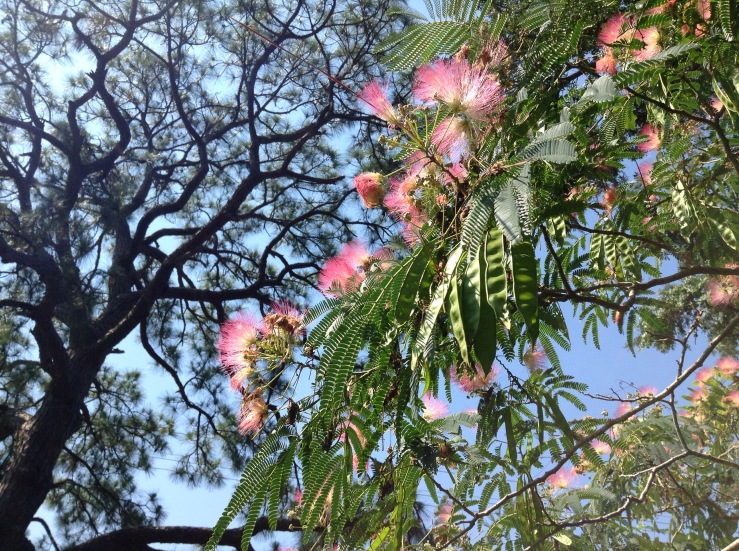
Her Story
This beauty was first documented in the 2nd century, in the Shen Non Ben Cao, a collection of oral traditions that included the relationship to 365 different plants. It was utilized for it’s effect on the mood and calming actions. Flash way forward to the mid 1700’s, when Italian naturalist Filippo del Albizzi introduces the tree to Europe for cultivation. Then famed botanist Andre Michaux brought the tree to North Carolina in the late 1700’s, and now, it is everywhere (sounds simple, doesn’t it?)
Y Ahora, Donde Vive?
It has naturalized as far North as New Jersey, and down to the tip of Southern Florida as well as west to Texas. It’s vivacious desire to live can be seen here…”One study showed that 90% of the seeds were viable after five years and, for another species of mimosa, a third of its seeds germinated after 50 years in open storage.” Woah. It is considered a highly invasive ‘alien’ species, and this always has me consider our human ways of being highly invasive and alien… and most people you can’t tincture or make tea of for mood lifts and calmness. I am not one to plant invasives and destroy natural habitats, but while the sun shines… let’s get some flowers.
One Day…
I am driving in a borrowed car and heading towards a client, to help her ease the woes of postpartum depression. I found myself meditating about her life before I met her, and feeling into what plants may come to me. I then look up to the left and catch a stand of trees with bright pink blossoms waving in the wind. “Mimosa!” was my first thought. I had yet to see the tree with the knowing that it was what it was. I pinpointed my location with local landmarks in the town I didn’t know so well, and promised to return to see…
On the way back, I stopped, finding a shady spot under a tall pine tree to park the car. I got out and was engulfed in the scent of what one may think could only come from synthesized perfumes. It is the most incredible scent! With the help of an online plant identification group, I was able to make sure it was Albizia julibrissin (I must get on my botany, i know, I know).
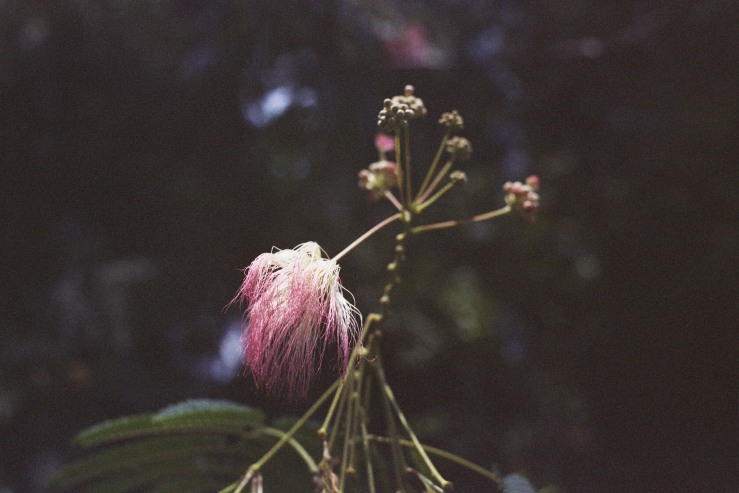
A brown paper bag in the car knew to be there for me. I grabbed it and also my shaker and went out and under the branches, close to the trunk. In the distance, I could feel the intensely intrusive sounds of a factory. I decided to employ one of my favorite pastimes, to resonate with the sounds that you can do nothing about. I sang spontaneously to the stand, in deep gratitude to finally be able to convene with them.
Once connected and in, I started to harvest flowers. I saw so much life in and around the blooms. Two different butterflies, silk worms, and ants were coexisting. I could not stop smiling. I sang and sang and sang and felt such gratitude to find this stand of 1000 plus pink blooms.
I have a deep way of wanting to personally know plants before I administer them to others. It is so easy to google a condition and find anything to pass on to someone… yet, how does it really work? In finding out for myself first, testing them on yours truly and others that are dear to me, I can cultivate communication and confidence in befriending such beings. This is the living way, and although books and the internet are so useful, they can never replace the direct transmission from Nature herself.
Update: This tree came to me for the first time, hours before the Pulse shooting in Orlando. In working with the Orlando Grief Care Project, it is unreal how much Albizia has come in from all over the country in the form of flower essences, tinctures, and elixirs. I really feel these plants make themselves available when we are truly in need, and that we are.
Making Medicine
Thomas Easley of the Eclectic School of Herbal Medicine advised me to make preparations of the bark and flowers, separately, for how they both affect in different ways. The bark is felt to ‘anchor the spirit’ while the flowers ‘lighten’ it…
I worked with 190 proof grain alcohol for the bark. I cut it up fresh, into pieces and used the ratio of 1:3, bark to alcohol. For the flowers, I tinctured in organic vodka, 1:2, and also made an elixir, using half brandy and half honey, covering the flowers completely.
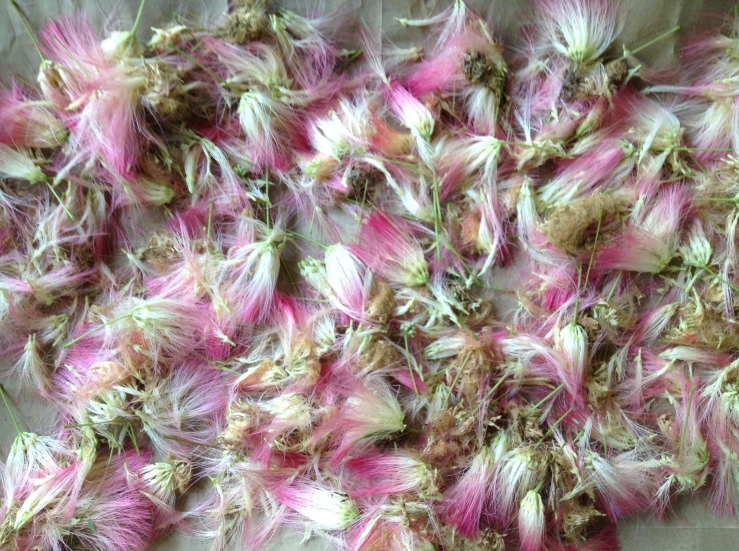
As I glean from the tinctures and elixirs of both bark and flowers, I will write more about my experiences and the experiences of others. For now, check out the writing of other herbalists that I have found useful:
https://www.planetherbs.com/specific-herbs/albizia-the-tree-of-happiness.html
https://southernherbalist.wordpress.com/2011/07/02/mimosa/
http://www.hearthsidehealing.com/mimosa-full-happiness-flowers/
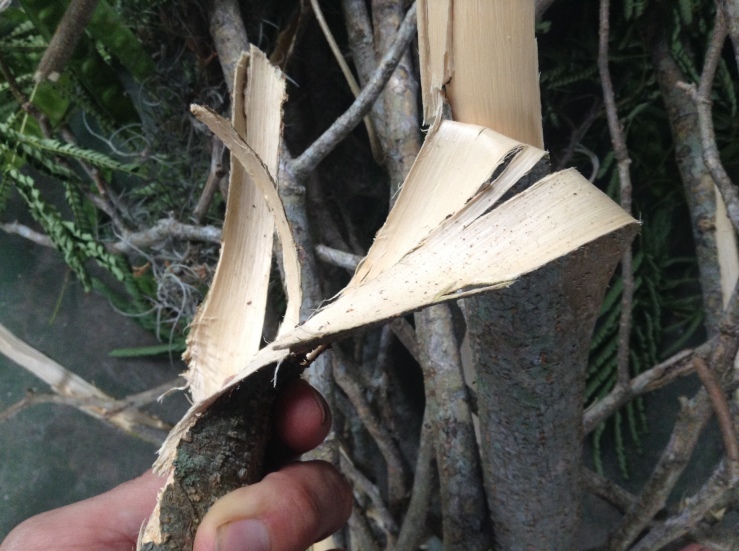
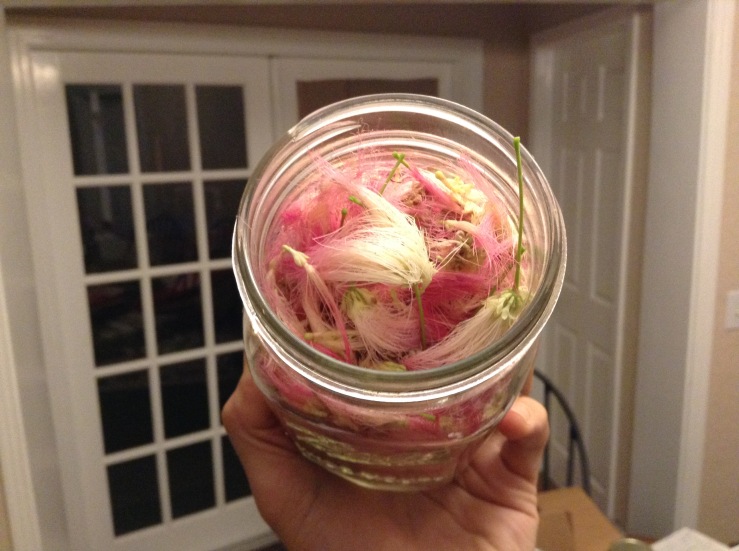
~~~~
I want to remind ourselves that nothing will ever replace the deep need to do work on ourselves. These plants and these practices are tools along the way to self discovery and can aid us greatly in making the changes we need to in order to fully come into our highest potential. So, of course, take into consideration dietary changes, lifestyle modifications, and emotional healing in conjunction with herbal protocols.
R

Hi Ralph, thanks for referencing my monograph on Mimosa. I really enjoyed this post and I’ll be sharing it in my Southern Herbalist Earth Medicine Classes group.
LikeLike
Awesome Dana! Thank you for your work!
LikeLike
So beautiful…..you, the flower, and the experience.
LikeLike
I love you father
LikeLike
Thank you Ralph; it’s great we love each other, especially since we share the same name. Every time I say those words to you I send enormous love to us both and vice versa.
LikeLike